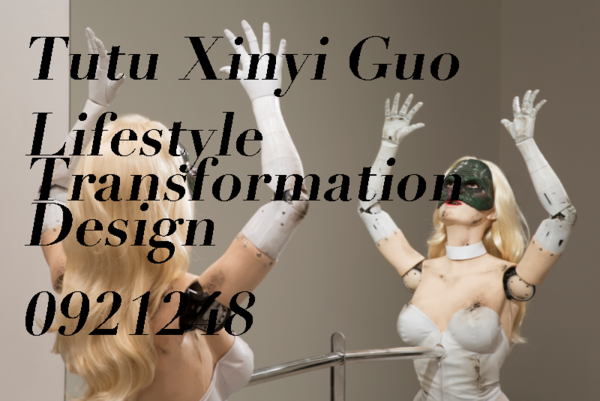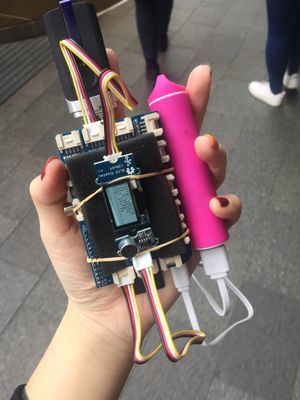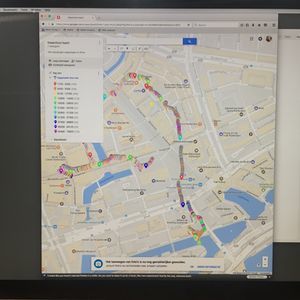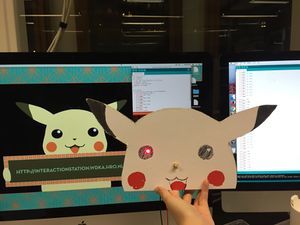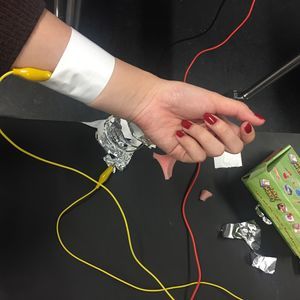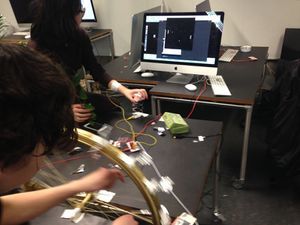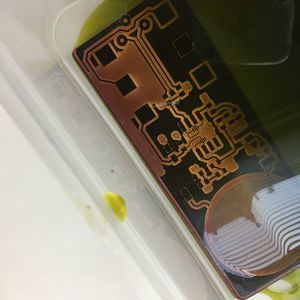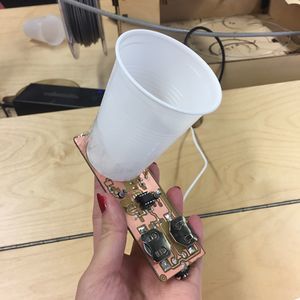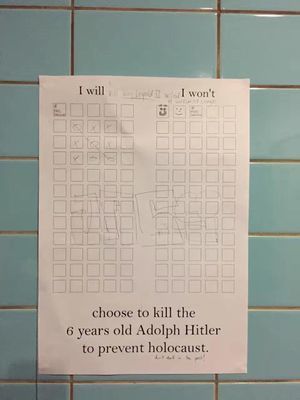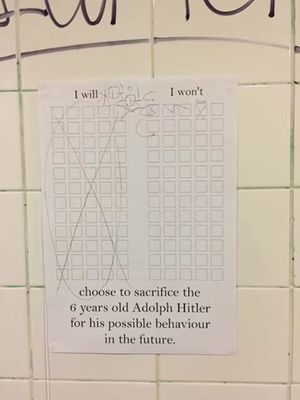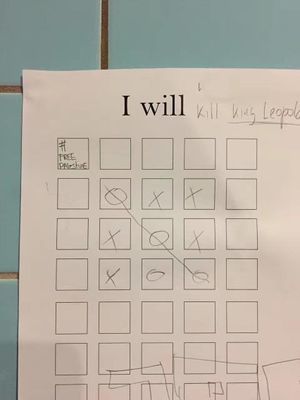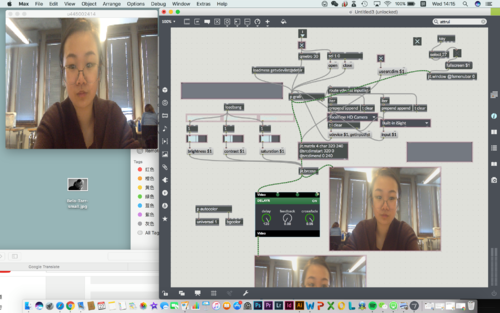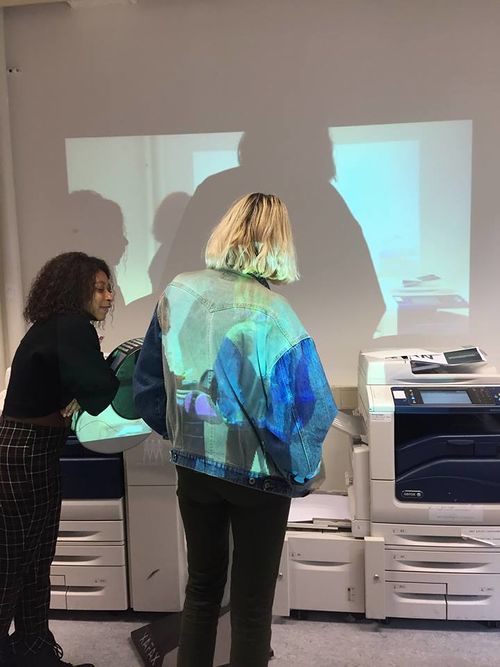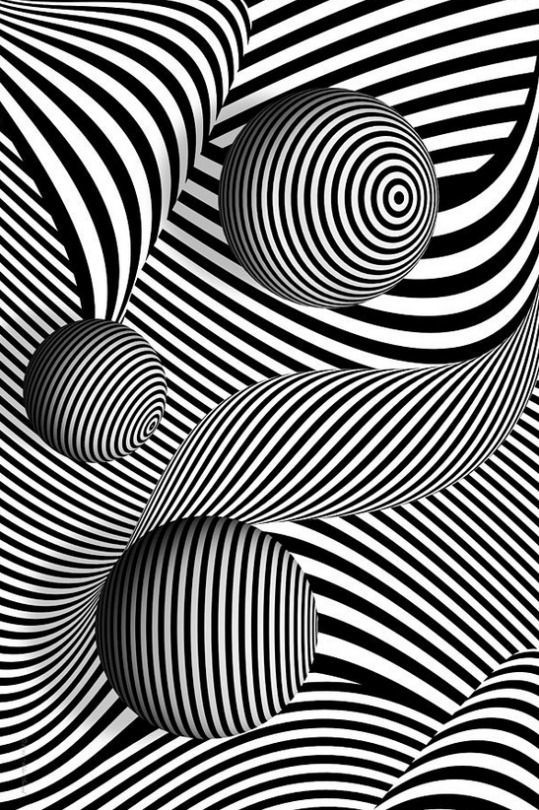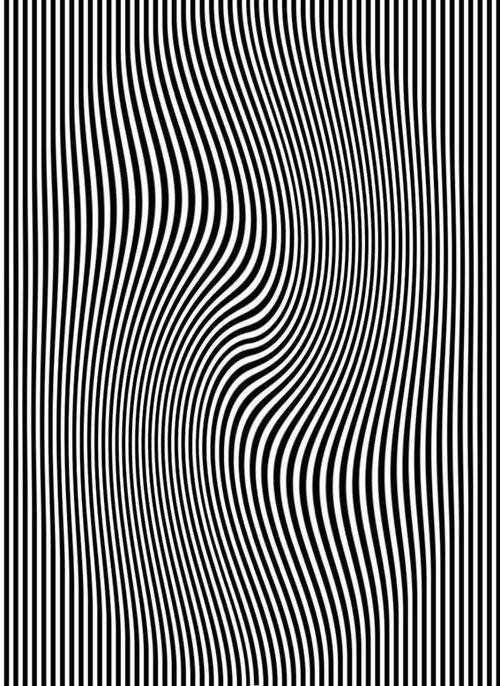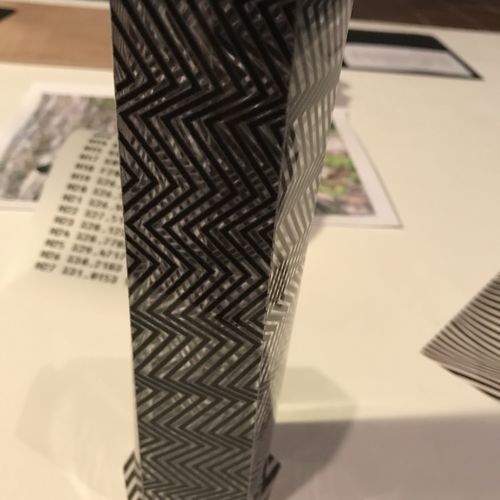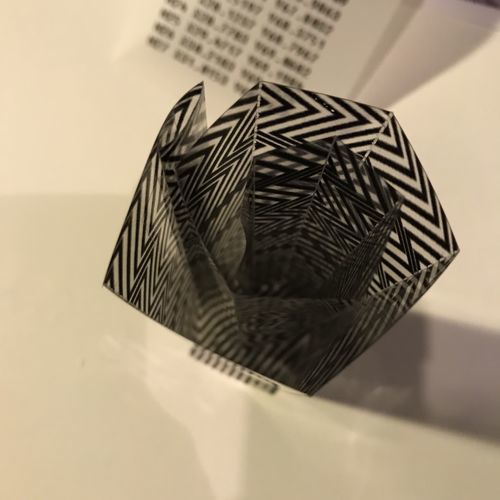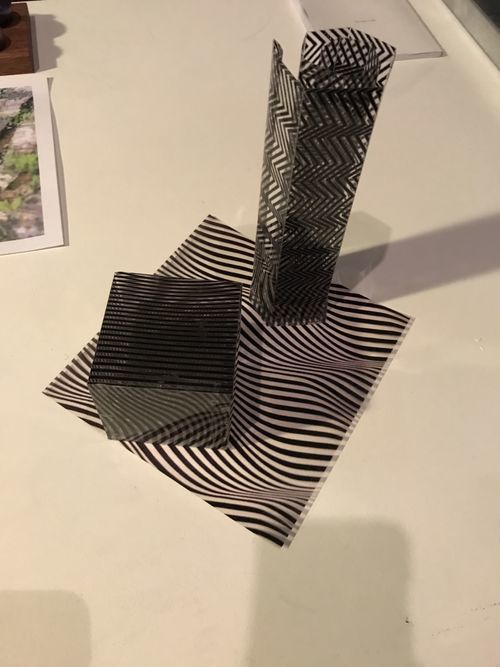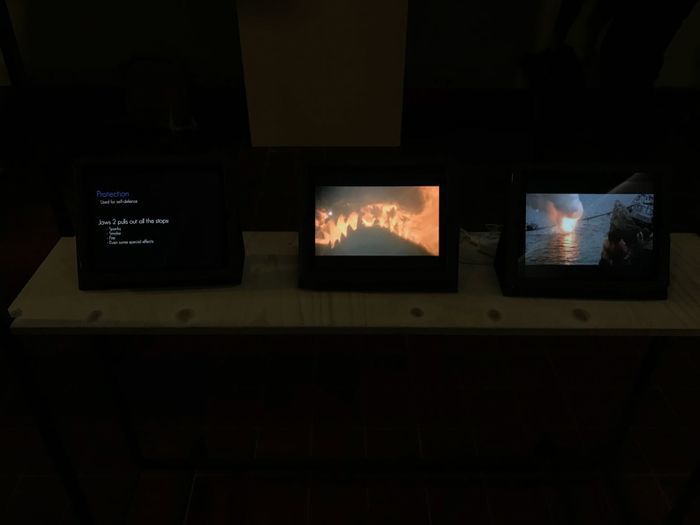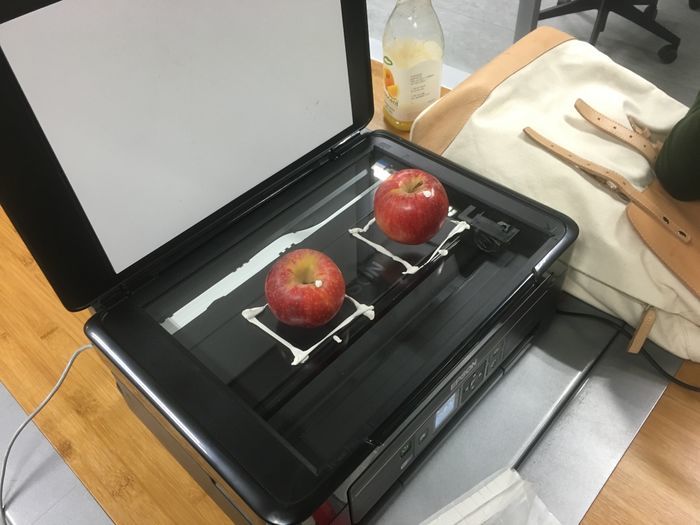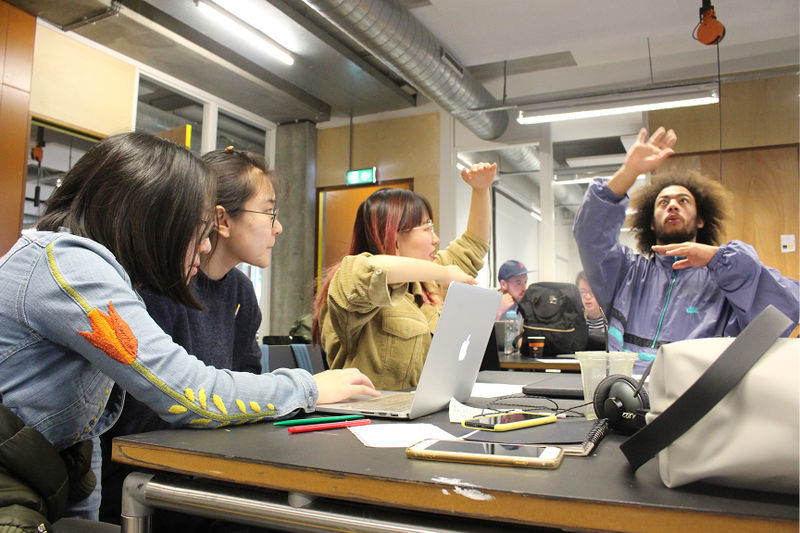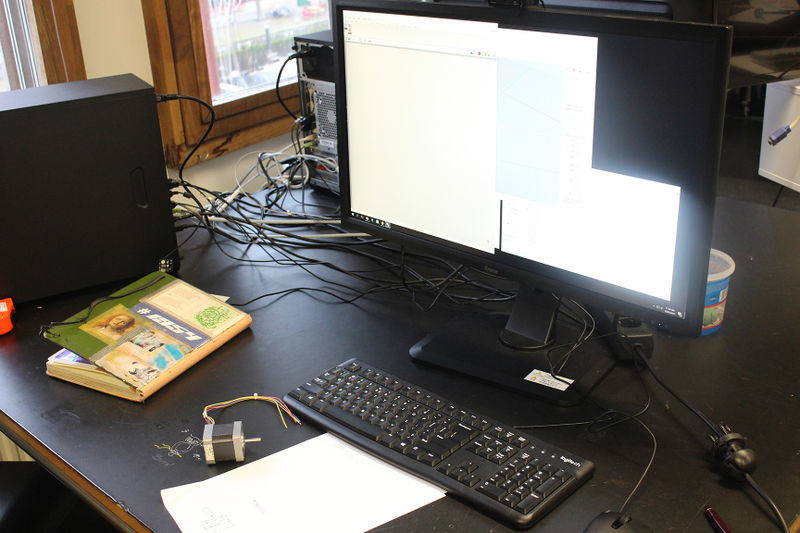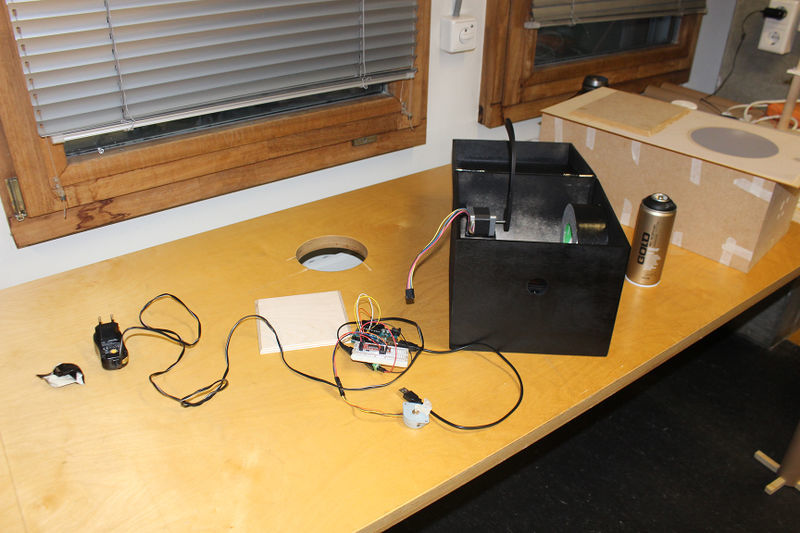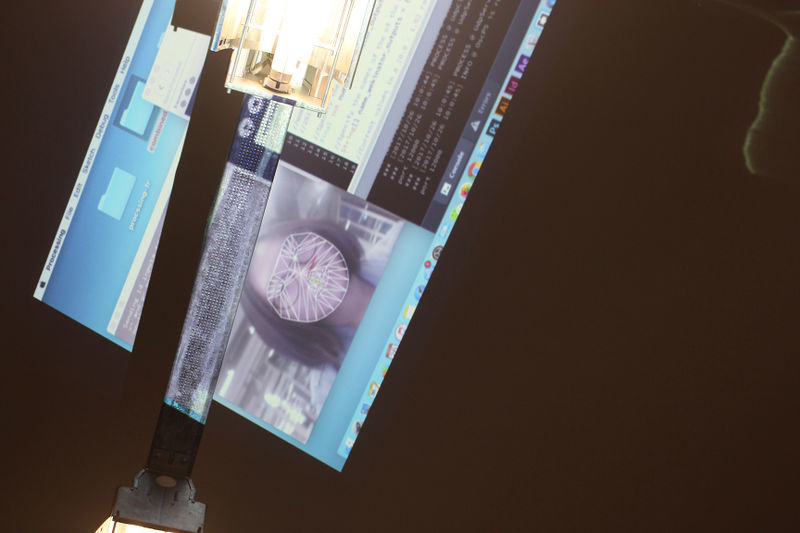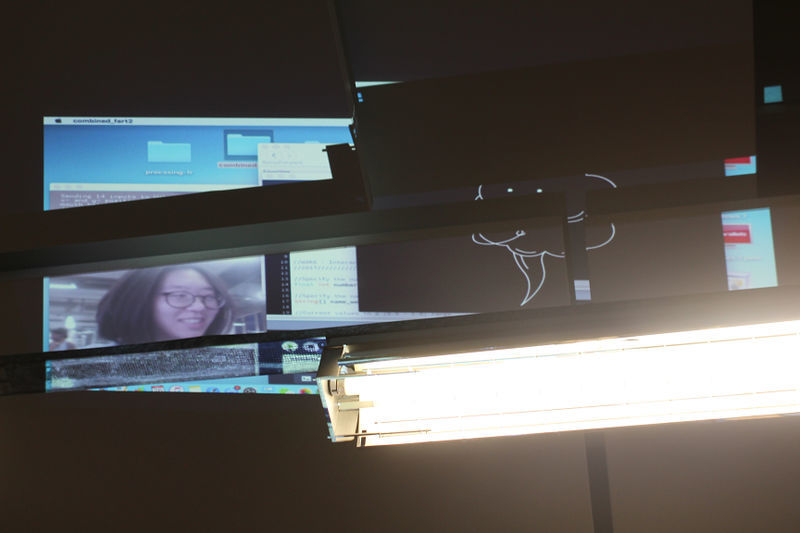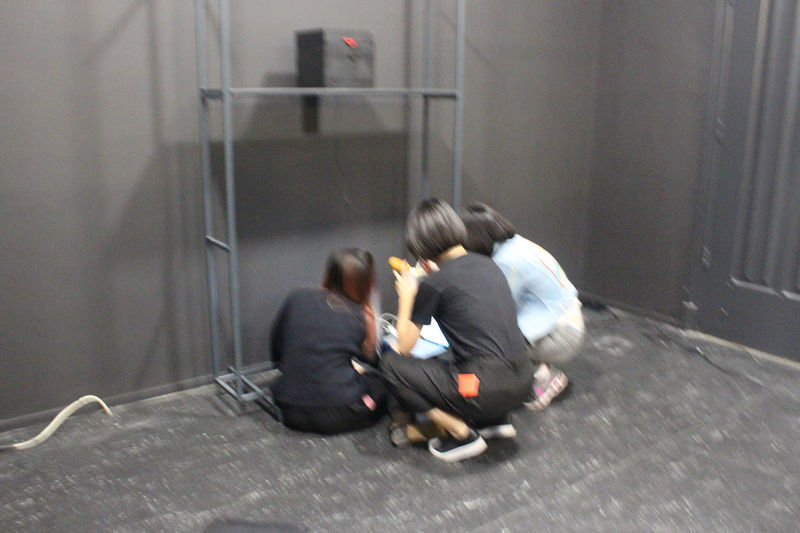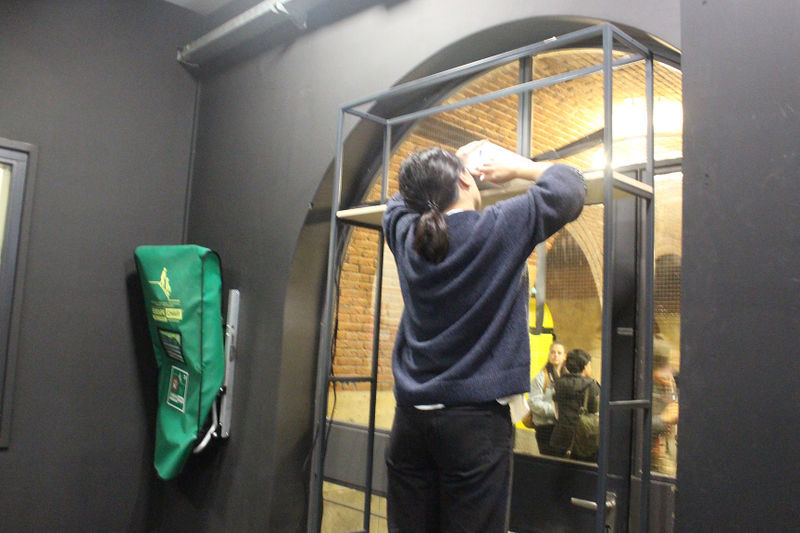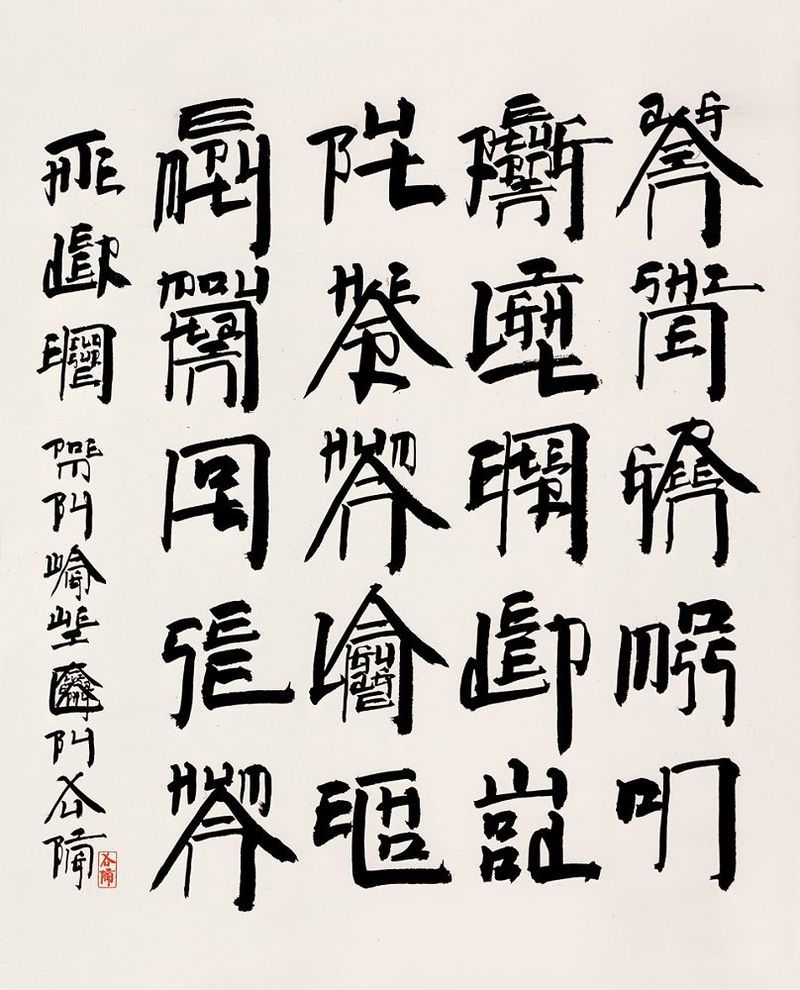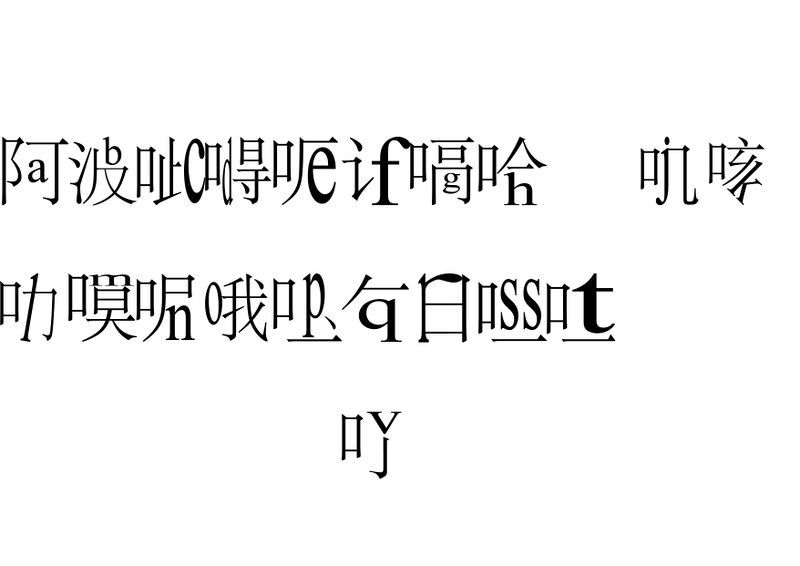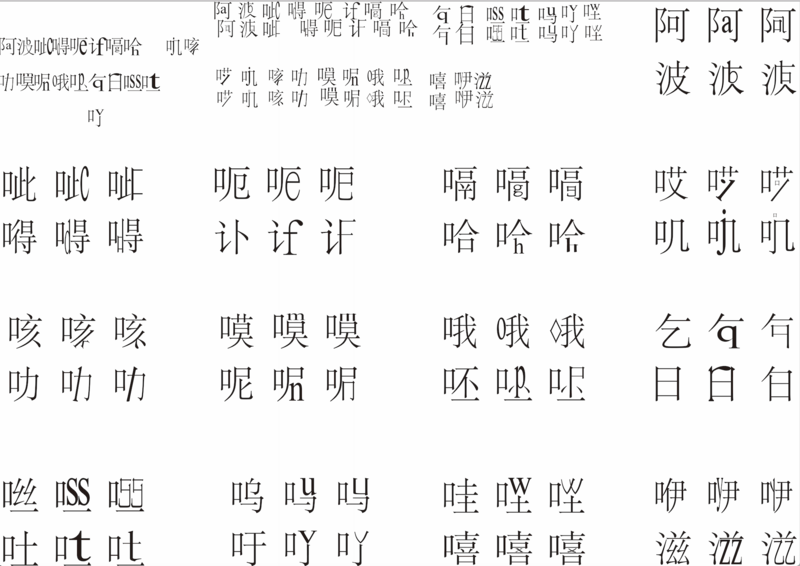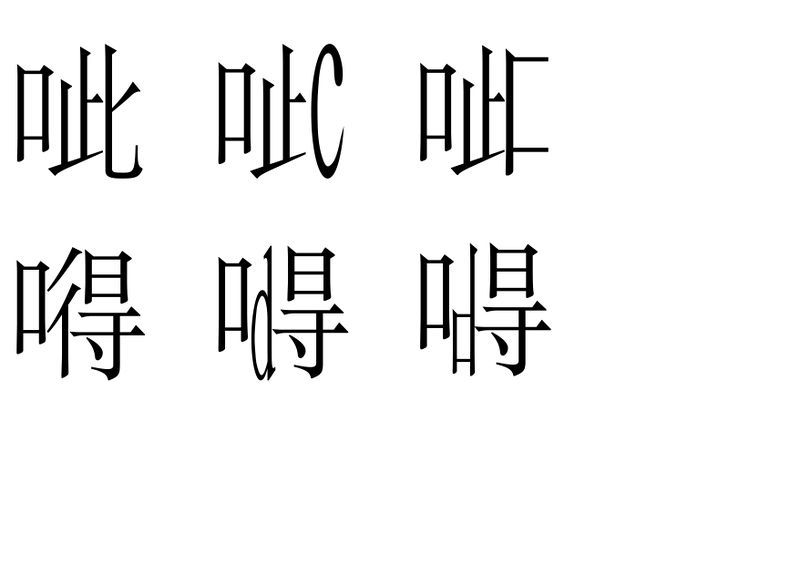User:Tutu Guo
Digital Craft Practice 2nd Year
Contents
Digital Stuff
Tracer
Arduino
Piano?
Group Work: Free will in DATA
15th. June
Conversation about DATA
We found out three of us did projects about data: Ayo - refuges, Syria to Denmark Daisy – how to meet people Tutu – Postal service Jess – didn’t
We discussed cookies pop up on websites we browse and how much data we gave away. And how much data we receive such as the advertisement shows Facebook. We determined in the modern world we have a sense of free will, however, we respond to our free will is down to the individual. We concluded that we think we own free will, yet it has been removed. And only the people successfully take away our free will is ourselves. We decided to conduct an experiment, in order to visualise free will. By considering how behaviours are influenced and how this causes a chain reaction. We aimed at thinking about cause and effect of the behaviour and exploring digitally.
We want to conduct an experiment in order to visualise free will - how are behaviours are manipulated and influenced and how this causes a chain reaction - we are thinking about cause and effect - and we intend to explore this digitally
16th. June
Collecting Data
We wanted to look at the ways of collecting data as well as to pursue how active our free will is. If we can take it away or even minimise it.
We are doing a small scale experiment by using 3 questions with basic I will or I wont answers, we are reducing our interacts free will by making them comply to a set of rules, the questions we will ask are: 1. Choose to kill the 6-year-old Adolph Hitler to prevent the Holocaust. 2. Choose to sacrifice the 6-year-old Adolph Hitler to save 6 million Jews. 3. Choose to sacrifice the 6 years old Adolph Hitler for his possible behaviour in the future.
19th. June
Experiment
We hung our posters around the art school, in second-floor blaak and in Wijnhaven. And 69 people took part. The experiment demonstrated people willing to use their free will but they are also not considering the consequences. Our interaction were not provided with any information on the questions they were being asked nor did they question why there were being asked. Using the posters we can identify and highlight that we have free will but we can restrict it, each individual decides how much of their free will they want to give away however they make an unconscious decision in the act of giving away their free will.
We Recognised: We have free will; We use and abuse our free will; We don’t consider all of our unconscious actions; Everyday we make a series of steps that we don’t recognise as part of our everyday life We behave with free will but we are entangled with multiple different systems both digital and physical and that influence and manipulate our behaviour
The majority of our actions are unconscious and this is also explored in our online behaviour The amount of data that we give away and receive is dangerous. If we were aware of it, how would we respond? Would be happy? Nervous? Uncomfortable?
20th. June
Production
We need to speak to the teacher at the interaction station and discuss a way that we can digest our data into a digital piece. In our artwork, we want to explore cause and effect as a chain reaction. We want to observe peoples behaviour and demonstrate their ‘free will’ in action.
We were starting to think about making a product/project and how we can demonstrate peoples behaviour to themselves. We have considered how we develop an uncomfortably in front of a camera, like a FaceTime camera or a hidden mirror, seeing ourselves take part in our actions provokes is distressing. We tried to replicate this in our work.
Our intention is to create a ‘mirror’ that is constant. The idea is to trap the audience in a moment, where they have to experience their behaviours over and over, the choices we make are literally visualised and the audience can physically see the chain reaction in their actions.
At the interaction station, they have recommended to us to use a webcam - a simple and easy means of displaying unconscious reactions.
We are currently working on programming a system where you would see your behaviour replicated over and over and over.
We are using MAX, a drag and drop operating system that is a simple coding method.
21st. June
Prototype
Third Year
project 1 : On the Body
Inspiration: Eyes form body, Lines and parallax
I experimented with lines and solid geometry. Started with the question: how can the balance of the human body be influenced? Research showed the organ in our body controlling balance is the inner ear, and eyes work from visual. As we all know that eyes are not as “honest” as we thought, and they can actually handle some issue in a way of “lying” to us. I started to think how can I use this ability of eyes to influence the vision and balance.
project 2
Collaborated with Koen.
We edited a collaboration of videos about electric shock which uses three monitors. We first collected as much movie clips as possible and divided by categories: Torture, Protection, Science, Accidents, Magical and Treatment. The first screen, plays basic information, title. The second one, which is the main one plays full-scale movie clips. And the third one plays our edited exaggerating clips.
We attempted to draw a discussion about the usage of physical reaction in movies. Obviously, lots of clip we used largely exaggerated this reaction to achieve the expected results and pleased audience. Yet I doubted the scientificity of those clips.
project 3: Mind of Machine
Collaborated with Thijs.
Concept: Inspirited by cross section photos, what we considered this as the way of machines “looking at” things. An object can contain as many cross section photos as possible, we transferred this idea into a booklet. As for the object, apple is a basic fruit which has similar shape and size. Production: We sliced an apple as thin as possible and scanned it every time, edited the images and made it into a booklet.
MICA
Fake smile? Real Smile? In the MICA workshop, we as a group made an interactive installation. It has a face recognition which will react when you have a smile on your face. In the black box we put a smile which you have to smile to, once the face recognition recognise your smile the box will fart which hopefully you will get the joke and have a real smile instead. AI has largely been used, and certain worries show up. In our case we created an installation that will only react when people fit its own standard. Think about the reality that AI will only serve us when we meet the criterion.
What is my craft?
What is my craft?
What craft I want to use in Q10?
Based on my previous experience, I shortly work on Arduino and processing. In Q9, I did not have much opportunities to learn new programmes but I did made a list of programs I want to have basic knowledge about.
Arduino and processing for me, are the basic programmes for interaction design, so they would be the first two. I had some courses before, so I know how the language and logic in them work. I know that they are very necessary for most of the interaction work.
Apart form that, I am learning MAX by watching tutorials. I used it in one quarter in second year, the final visual work went very well. The patcher was helped by Thomas (who’s not at the interaction station any more), which took about half a day to finish. It started quite easy, and I found its language is pretty easy to adapt to.
For medium, I rarely used sensors, so that will be one on my list. I like to work with videos and the ways to present them, which means I would like to deepen in tools such as projector and monitor. For projectors, it sometimes can work as a way to communicate the space as well.
What is the position of my practice in relation to newer technologies?
I think the potential of new technologies can be promoting new concept, and creating interaction with audience. In digital craft I can somehow approach them easily and use them for my projects.
Besides, making is a process completes my concept. Normally, in a project, I firstly deepen in the topic, conduct solid research, found out the problem and build my concept based on them. For next, I sketch out my concept and specify it. Before actual making, a plan will come out first. Yet the plan does not always work and changes happen quite occasionally. And these changes, somewhat improve my concept and the combine the actual work and concept. Constructing concept is like writing script and making it is like shooting movies.
What theme I will explore for my Q10 project?
The theme I want to work on will be cognitive bias.
A cognitive bias refers to the systematic pattern of deviation from norm or rationality in judgment, whereby inferences about other people and situations may be drawn in an illogical fashion. Individuals create their own "subjective social reality" from their perception of the input. An individual's construction of social reality, not the objective input, may dictate their behaviour in the social world. Thus, cognitive biases may sometimes lead to perceptual distortion, inaccurate judgment, illogical interpretation, or what is broadly called irrationality.
Few years ago, I have already been noticed that some people nowadays in the society easily discuss things they barely have any knowledge about and draw to conclusion. I was shock by that, and thinking about they will even react based on their thought even concerns me.
Instead of making strong statement, I prefer to trigger my audience in the way of giving them what I have been noticed and point out the problem. I found out that giving them a question to think about is more effective. File:Scanned from a Xerox multifunction device.pdf
Q10: How to be human?
For this project, I want to experiment with ideography. This was driven by the curiosity of people surround me who cannot read my mother language, which keeps me wonder how this feeling will be.
I first researched different ideographs, from ancient to modern. I tried to combine a number of them and make them readable to people who don't speak. But it did not work out.
work by Xu Bing
I started to research different artwork of ideography, characters, and languages. Inspired by artist Xu Bing and one of his artwork Tian Shu. I came up with an idea to create an alphabet which can be used by both Chinese and English.
The first version of the alphabet.
For the first version, I place the letter in the corresponding Chinese character.
Finished version
